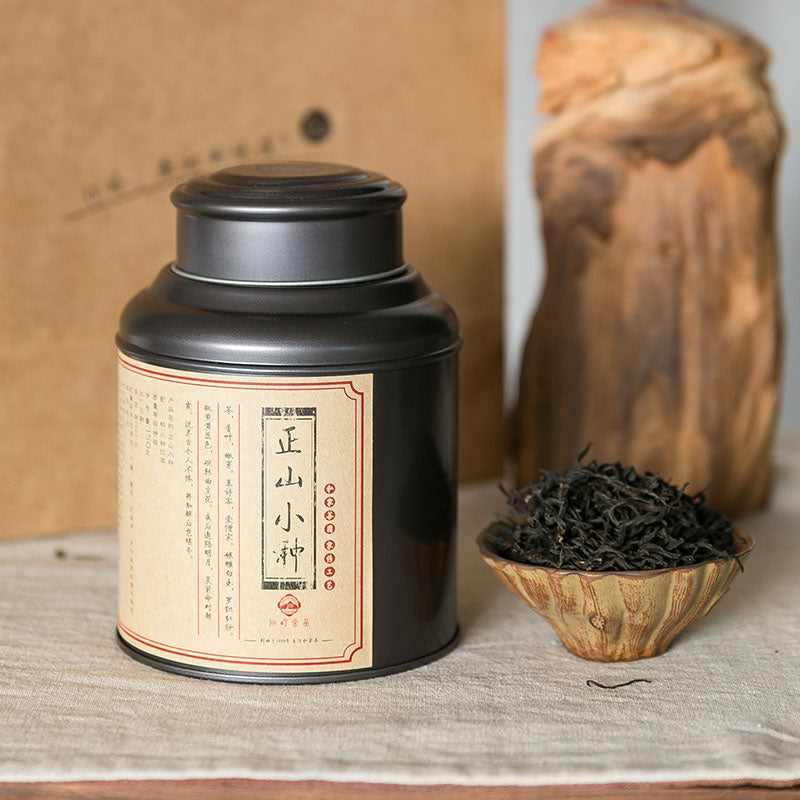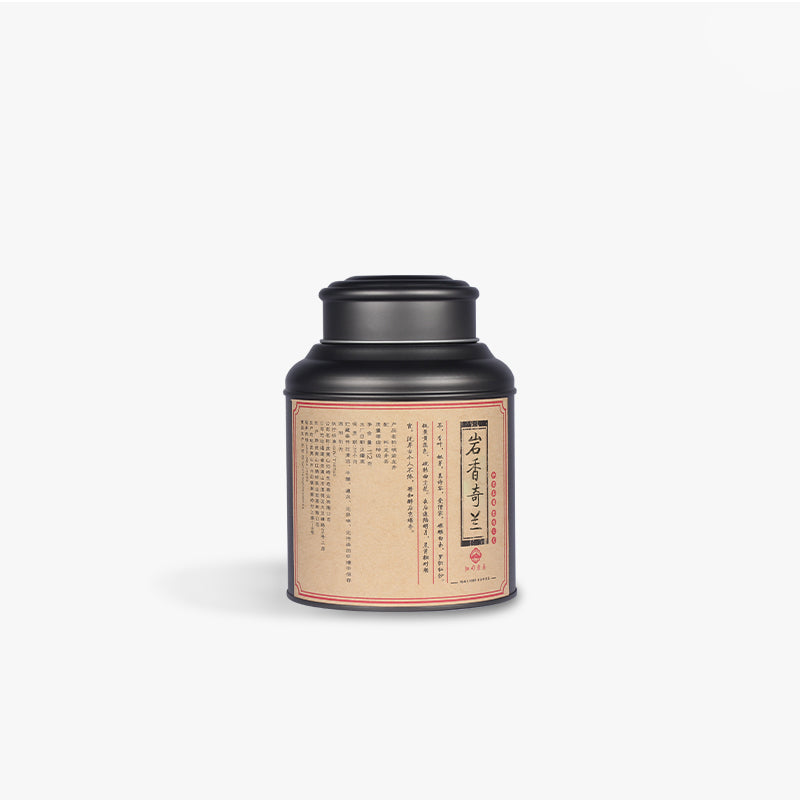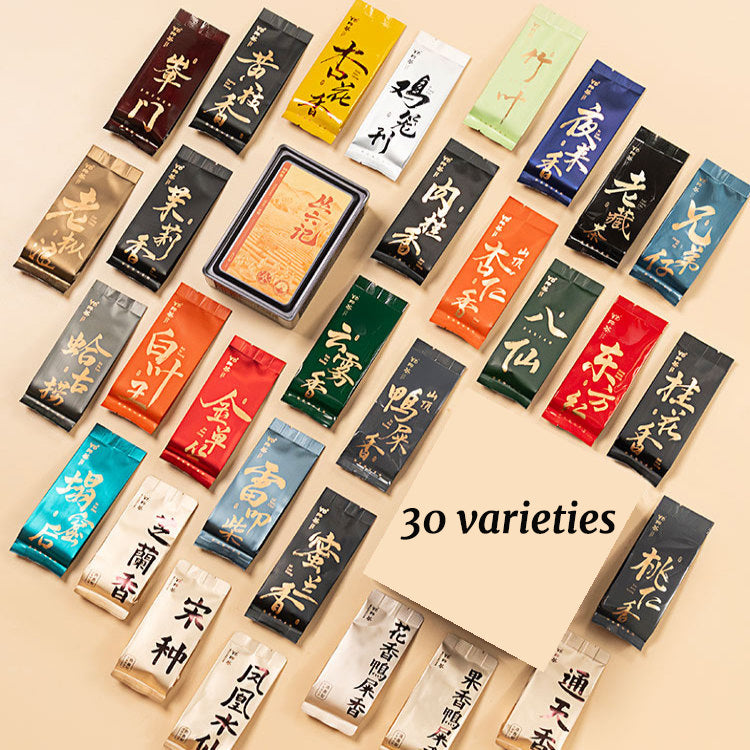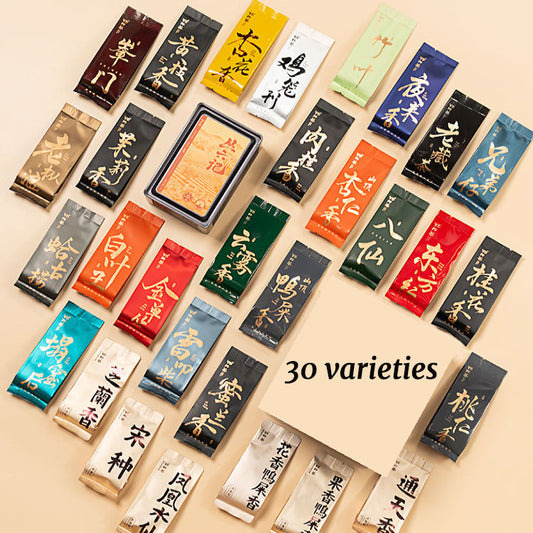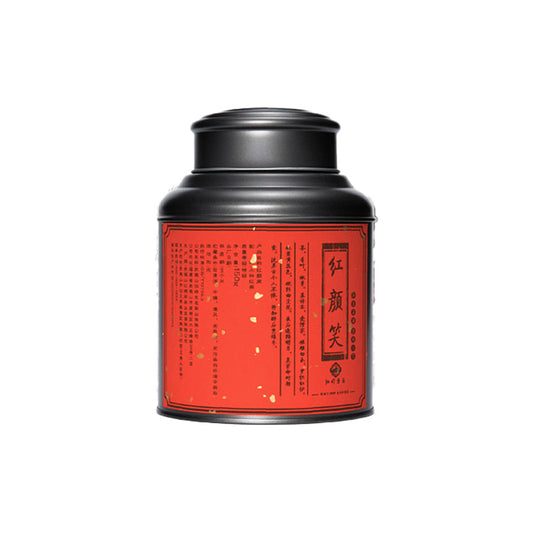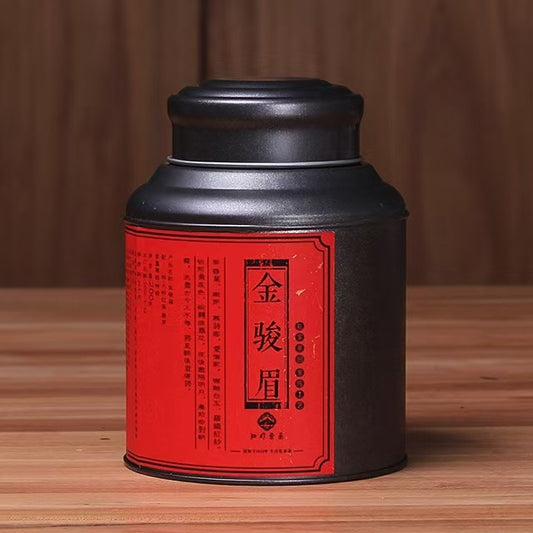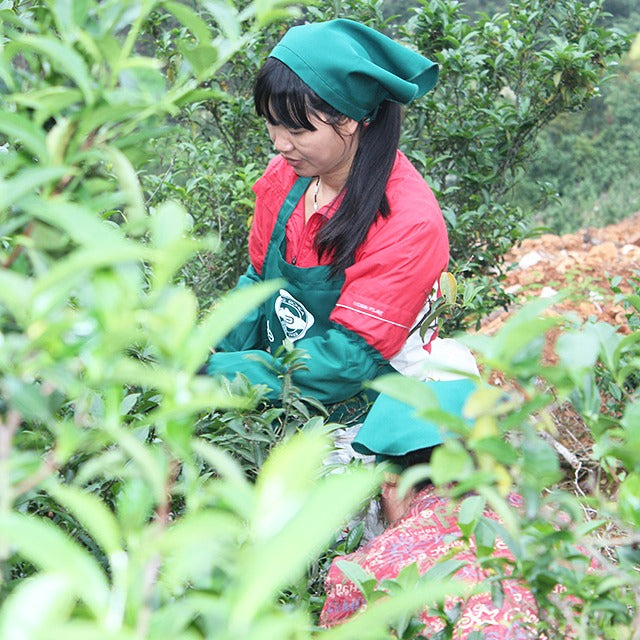Tang Tea House A Journey Through Time
Tang Tea House A Journey Through Time
Nestled away in the annals of tea history, the notion of the Tang Tea House evokes a time when the world of tea was just beginning to unfold in its rich and complex entirety. As a lover of tea, one might imagine stepping into such a house, a space imbued with the stories and fragrances of centuries past, where each brew serves as a chapter in a grand narrative.
The Tang dynasty, spanning from the 7th to the 10th century, is often regarded as the golden age of Chinese civilization. It was during this transformative period that the art of tea drinking began to take root, establishing traditions that would ripple across the world. The Tang Tea House, in this context, becomes a metaphor for the cultural epicenter where tea was not just consumed, but celebrated as an art form, a social ritual, and a philosophical practice.
Imagine entering a Tang Tea House, the air tinged with the subtle perfume of freshly brewed tea. Here, tea was not simply a beverage but a reflection of harmony and balance — principles that resonate deeply with those who appreciate the meditative quality of a well-steeped cup. The teas favored during this period were predominantly green, with the legendary Lu Yu, author of the seminal "Cha Jing" or "The Classic of Tea," offering intricate insights into the preparation and appreciation of tea. His work laid the groundwork for understanding tea as a conduit for connecting with nature and self.
The experience within a Tang Tea House would, undoubtedly, be enriched by the setting itself. One can almost envisage the delicate porcelain cups that cradled the warm elixir, each piece a testament to the era's sophisticated craftsmanship. Tang pottery was known for its vibrant glazes and intricate designs, embodying a blend of aesthetics and functionality. Today, similar pieces inspire a sense of continuity, linking the present-day tea enthusiast with the artisans of centuries past.
Brewing methods in a Tang Tea House might have differed from contemporary practices, yet the essence remains unchanged: an emphasis on bringing out the best qualities of the tea leaves. The Tang method often involved boiling the leaves rather than steeping them, creating a robust concoction that was sometimes enhanced with salt, a practice rarely seen today but one that speaks to the diverse tastes and experimentation of that time.
While the art of enjoying tea has evolved over millennia, the influence of the Tang dynasty is unmistakable. For those of us enamored with tea, the allure lies not only in the flavors and aromas but also in the rich tapestry of history it embodies. Whether sipping a delicate green tea or contemplating the perfect brew, the spirit of the Tang Tea House reminds us of tea's capacity to transcend time, quite literally steeped in history.
As you sit with your cup today, perhaps in the comfort of your own home, you may ponder how each sip resonates with the echoes of the past. It's a reminder that while we live in the present, the threads of history — much like the leaves in your teapot — weave a story worth savoring.

